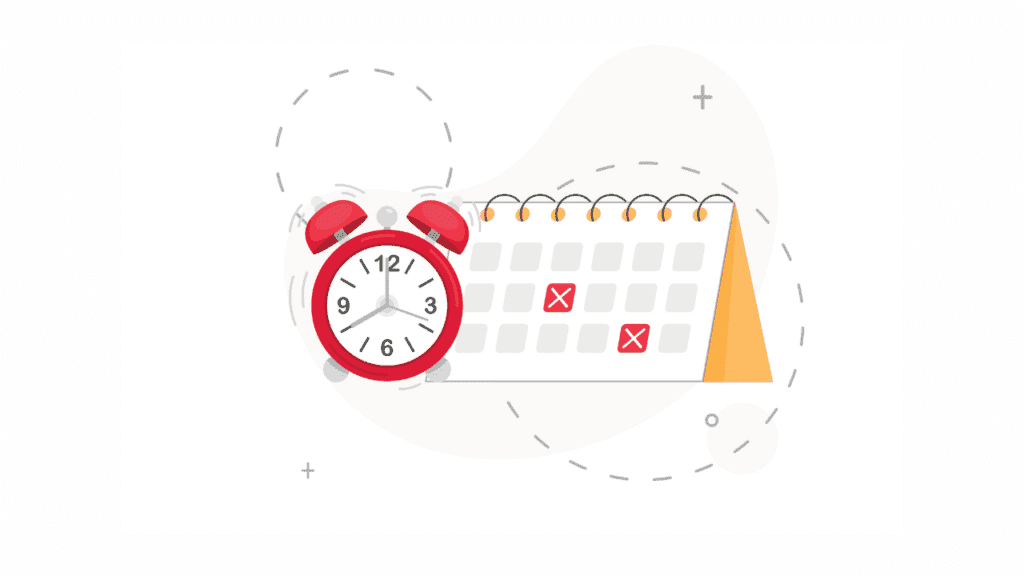 One of the most popular questions I get asked is how to get patients back on the schedule.
One of the most popular questions I get asked is how to get patients back on the schedule.
I hear all the time how difficult it is to actually get ahold of patients and get them back in the office. The truth, though, is that it doesn’t have to be difficult, and if you’re running into this same situation, I want to help!
So, this week I’m sharing with you some of the same tips we share with our clients to help them win with reactivation, confirmations, and follow-ups.
1. Check your mindset.
One of the most important things you can do is to get rid of the idea that “no one wants to come in” or “everybody will give me the same excuses.” Going into a call with that mindset will make it harder or nearly impossible for you to get the result you’re looking for, which is to reach patients and get them back into the office.
2. How much outreach are you actually doing?
 Monitor the number of calls, letters, emails, texts, etc. that your staff are sending to existing patients. From there, you can review how much outreach is occurring and what your confirmation procedure looks like. If you find that you do have a lot of calls and outreach being made, but you’re not getting a response, then you have to look at what the message is and the attitude of the staff members delivering that message.
Monitor the number of calls, letters, emails, texts, etc. that your staff are sending to existing patients. From there, you can review how much outreach is occurring and what your confirmation procedure looks like. If you find that you do have a lot of calls and outreach being made, but you’re not getting a response, then you have to look at what the message is and the attitude of the staff members delivering that message.
If the person making the phone calls sounds bored because they hate making phone calls, then that will come across on the phone and the patient will have no interest in calling back or coming into the office. Likewise, if they don’t want to be making phone calls and are nervous to talk to patients, they’ll likely never reach any of your patients.
There is a big difference between a person making calls just to make calls because they have to versus someone making calls because they truly want to talk to the patient and get them scheduled to come in.
3. Change up the message.
It’s easy to give your staff a script and let them say the same thing to each patient, but the problem with this is it can start to sound sort of robotic after a while. Patients can tell when it sounds like someone is just reading off a piece of paper rather than organically saying the words. So, while you can have a script to help train staff on what to say, it’s equally as important to have them use it as a guide and vary their message from time to time and use their own words.
4. Train and practice with your staff.
 This may sound obvious, but most of the time I find that staff don’t train or practice enough when it comes to calling patients. Anyone who makes phone calls to patients to confirm, follow up or reactivate them should be trained on how to do so appropriately in your practice. They should practice until they feel confident calling patients and handling their questions or concerns.
This may sound obvious, but most of the time I find that staff don’t train or practice enough when it comes to calling patients. Anyone who makes phone calls to patients to confirm, follow up or reactivate them should be trained on how to do so appropriately in your practice. They should practice until they feel confident calling patients and handling their questions or concerns.
When you have your staff practice, they should team up with another staff member who has experience doing these types of calls to roleplays different scenarios. That way they’ll learn to be as good as them and can ask them any questions about certain situations that may come up. I also want to note that it’s important to practice on a gradient, meaning that they should practice with an easy scenario and work their way up to difficult situations.
5. What is your purpose for calling?
Obviously, you want the patient to get back on the schedule—that’s one purpose of calling them. But what’s the bigger purpose behind it? You want them to get back on the schedule so they can get their oral health back, right?
Truly caring about the patient and their oral health is what will make a big difference in the outcome of your calls.
Saying something like, “Hi Sarah, this is Sally from ABC Dental. I wanted to give you a call because we noticed it’s been over 6 months since you’ve last been at the office. I know last time you had a few cavities filled, so I would like to schedule you to come back in for your cleaning so we can make sure everything is up to snuff. Your oral health is really important to me, so when would be a good time for you to come in?” sounds a lot better than, “Hi Sarah, this is Sally from ABC Dental. You are overdue for your hygiene appointment. Please call back so I can schedule your appointment with the hygienist.”
Can you see the difference? The first sounds a lot more caring whereas the second sounds a little more robotic and cold. Which one do you think a patient would respond better to? Probably the first one!
6. Try calling at different times of day and use text messages/emails.
If you’re having difficulty reaching a patient and you’ve only been calling them in the morning (for example), then I would switch it up and try calling in the afternoon or evening.
You’ll never know when a good time is to reach a specific patient. So, calling at various times of the day can increase your odds of getting a hold of them.
And to piggyback off of that, some people simply don’t answer their phones, so you could reasonably expect that they wouldn’t call you back either. If you suspect this is the case, I would text and email them as well. Maybe they’re more of a texter or maybe they can answer emails a lot faster and more easily than returning a phone call. The point is, don’t just stick to phone calls if it isn’t working for a specific patient.
Summary
I hope these tips help! If you need help training your staff on phone skills, I highly recommend signing up for DDS Success where we offer online video training for your staff to watch and learn. You can also schedule a free demo here.
If you’d like more one-on-one help, schedule a free practice analysis today or call us at (800) 640-1140!


No Comments
Be the first to start a conversation